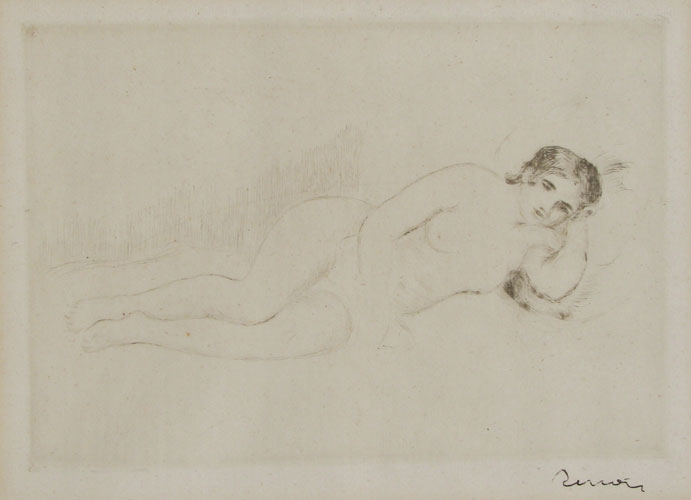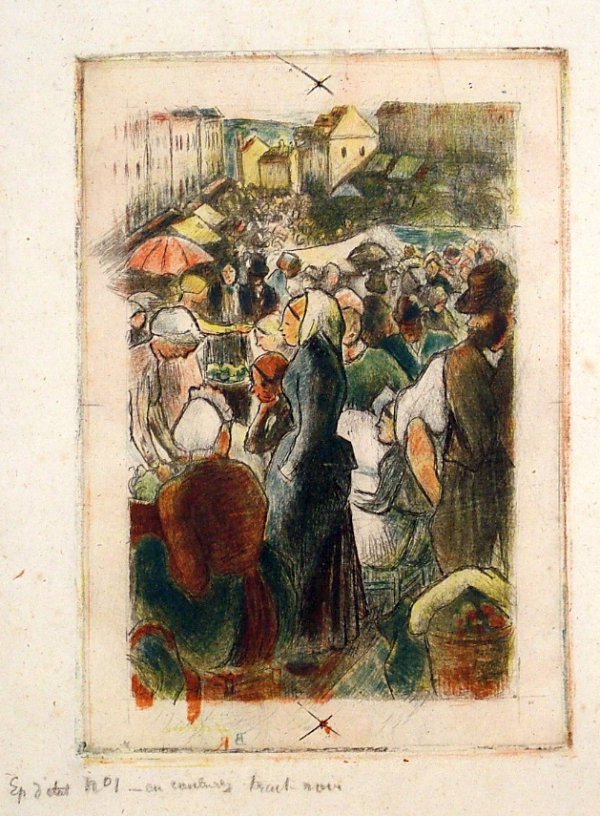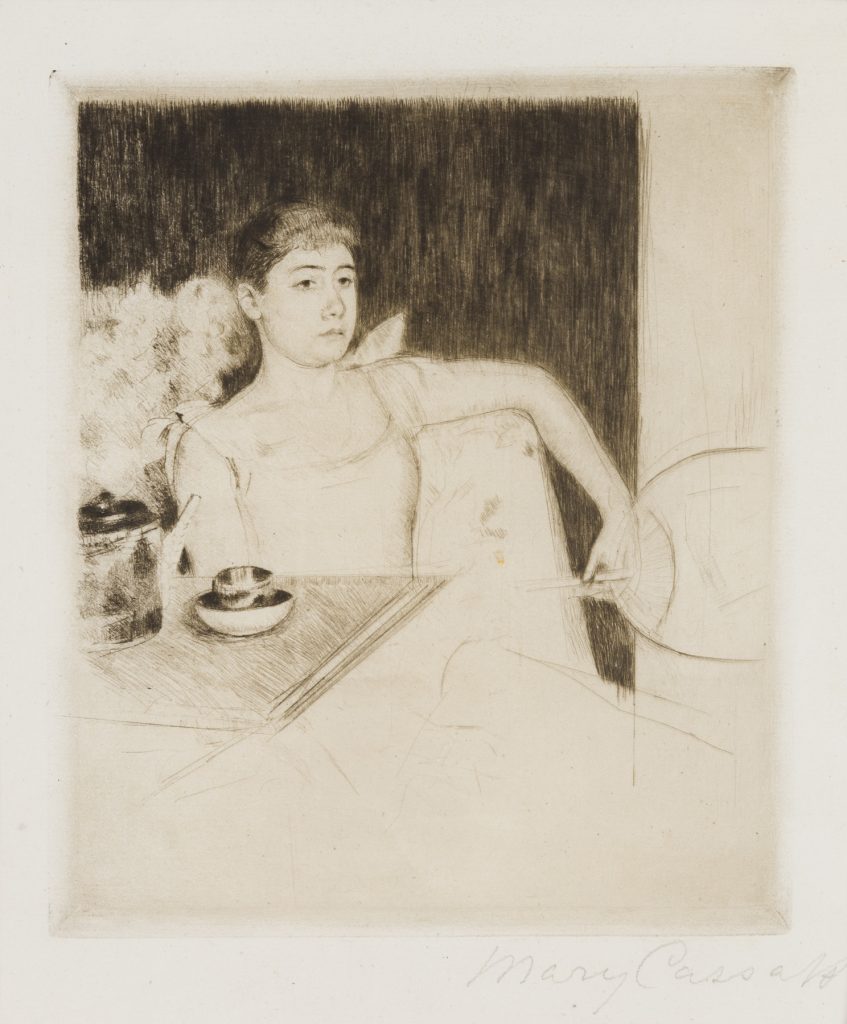What Is Impressionism Art?
Throughout the 19th century, most French painters produced work that adhered to the traditional tastes of the Académie des Beaux-Arts, a Paris-based organisation that held annual salons. Showcasing a selection of hand-picked artwork, the salons tended to favour conventional subject matter – including historical, mythological, and allegorical scenes – rendered in a realistic style.
Tired by this age-old approach to creativity, a group of artists decided to skip the salon hype and, instead, host their own independent exhibitions. Known as Société Anonyme Coopérative des Artistes Peintres, Sculpteurs, Graveurs (“Cooperative and Anonymous Association of Painters, Sculptors, and Engravers”), this band of artists – which included Claude Monet, Pierre-Auguste Renoir, Edgar Degas, and Camille Pissarro – held their first exhibition in 1874. Set in the studio of Nadar, a French photographer, the exhibition featured several paintings by 30 artists.

The exhibition saw mixed reviews from critics, including journalist Louis Leroy. When analysing Impression, Sunrise, he infamously wrote: “Impression – I was certain of it. I was just telling myself that, since I was impressed, there had to be some impression in it … and what freedom, what ease of workmanship! Wallpaper in its embryonic state is more finished than that seascape.”
Though clearly intended as an insult, his review actually helped the movement – it inadvertently (and ironically) gave it its well-known name.

Since its conception, Impressionism art has been defined by a set of characteristics. These include: painterly brushwork, distinctive colours, depictions of common subject matter, a focus on light, and compositions inspired by photography.
Painterly brushwork is perhaps Impressionism’s most recognisable trait. Unlike the carefully blended brushstrokes distinctive of previous movements, Impressionist artists employed thick, sketch-like strokes. These quick marks capture the ephemeral, fleeting nature of moments in time, and allowed artists to experiment with colour and the ways in which different tones interact on the canvas.
In addition to brushwork, Impressionists also exhibited a unique approach to colour. Rather than mix paint to achieve certain tones, they instead grouped together individual brushstrokes of various colours. This method is particularly apparent in Impressionist depictions of shadows and snow, which, respectively, are never simply black and white.
Impressionist paintings also often feature neutral colour schemes with vivid pops of red that both draw in the eye and add balance to compositions.
Many Impressionist artists, most notably, Claude Monet, had a penchant for painting en plein air, or outside. With this approach, artists were able to closely study the light and its effects on landscapes, buildings, and other outdoor sights.

Another avant-garde aspect of Impressionism is the everyday nature of its subjects. Typical content portrayed in Impressionist art includes still life depictions, landscapes, portraits of friends and family, and modern city scenes, a far cry from the historical, mythological, and allegorical scenes found in traditional French paintings.
Inspired by photography, a new and pioneering practice at the time, Impressionists produced paintings that acted as authentic snapshots of specific moments in time. With this muse in mind, artists began framing their scenes in more ‘natural’ ways, resulting in asymmetrical compositions cropped like candid photographs.
Impressionism Art
View original prints by the Impressionists here.
